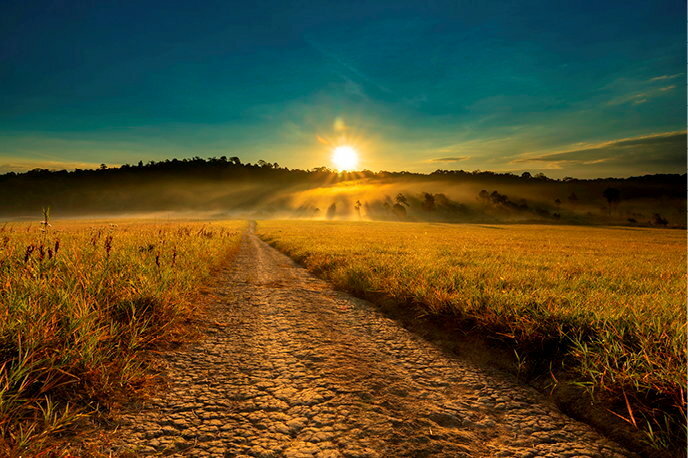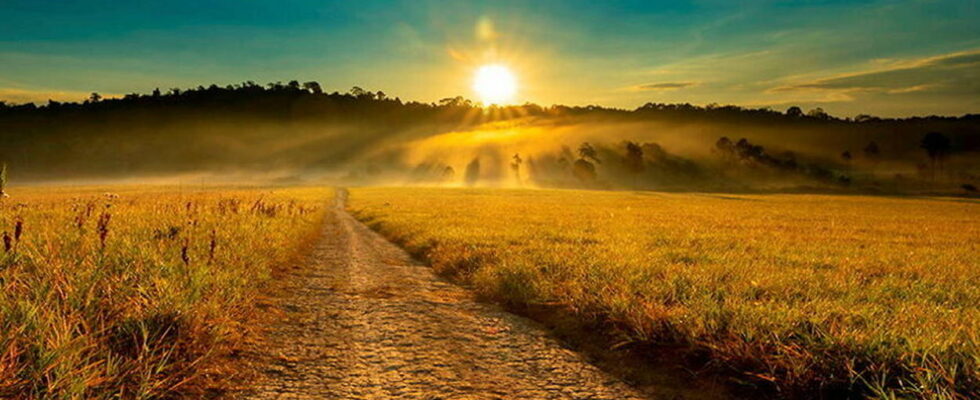And also: the biggest dogs live less long than the small ones; the size of the Himalayan glaciers has been underestimated…
Page created by Frederic Lewino

Published on
VShis method of capturing the carbon dioxide present in the atmosphere seems so simple that it seems worthy of a 1er april. The Berkeley researchers who designed it only need salt and plastic sheeting. Their idea consists in cultivating, on all the barren lands, millions of tons of plants which would then be dried and buried in hermetic landfills (hence the tarpaulins) with 2% cooking salt. This would serve to trap any trace of water so that the buried biomass does not decompose for thousands of years. Hence an almost eternal carbon trap. The two researchers concerned, the Americans Eli Yablonovitch and Harry Deckman, claim that 1 ton of dry plants can sequester 2 tons of CO2. The burial of 20 gigatonnes of CO2 (or one-third of annual human production) would require one-fifteenth of all cultivated land, forests and pastures. It would cost 54 euros per tonne of CO2 sequestered. Or 0.13 euro per liter of gasoline, which is ten times lower than other sequestration methods. (PNAS)
animal health
Dog of life

It’s a proven fact: larger dogs live shorter lives than smaller ones. In fact, they don’t age any faster, but they are more likely to get cancer. Experts from the University of Adelaide (Australia) studied 164 breeds of dogs, from the Chihuahua to the Great Dane. They found that the number of cancers is related to weight. Their hypothesis is based on the fact that living beings primarily devote their vital energy to growing and reproducing, and only then to cellular repair and protection against cancer. However, most of the big dogs have been obtained by human selection during the last two centuries. A very short time on the scale of evolution, which was not enough for them to develop better defense mechanisms against cancer. (The American Naturalist)§
water under the ice
In Asia, 1.3 billion men and women depend on the water provided by the great rivers flowing down the Himalayas. If the glaciers of the mountain range were to disappear due to global warming, one can imagine the disaster for the populations concerned. Hence the precise monitoring of the size of the Himalayan glaciers by means of satellites. However, a team of researchers from the Chinese Academy of Sciences has just realized that these readings have so far been underestimated, because the satellites are unable to measure the melting of the ice covered by the glacial lakes located at the foot of the glaciers. . Between 2000 and 2020, the underestimation was 5.6%. (Nature Geoscience)
A hard core to swallow

At school, we learn that the Earth is made up of an iron core (liquid or solid), a rocky mantle and, finally, the earth’s crust. Geologists from the University of Alabama hypothesize a fourth layer, measuring between 5 and 45 kilometers thick, which surrounds the core and is made up of ocean floors dating back hundreds of millions of years. Its existence was discovered after analysis of seismic tremors. How to explain it? Simply by subduction. By colliding, the tectonic plates overlap, one plunges under the other and sinks into the mantle, until reaching the core. (Science Advances)
Getty Images/iStockphoto (x2) – Getty Images/Science Photo Library RF
